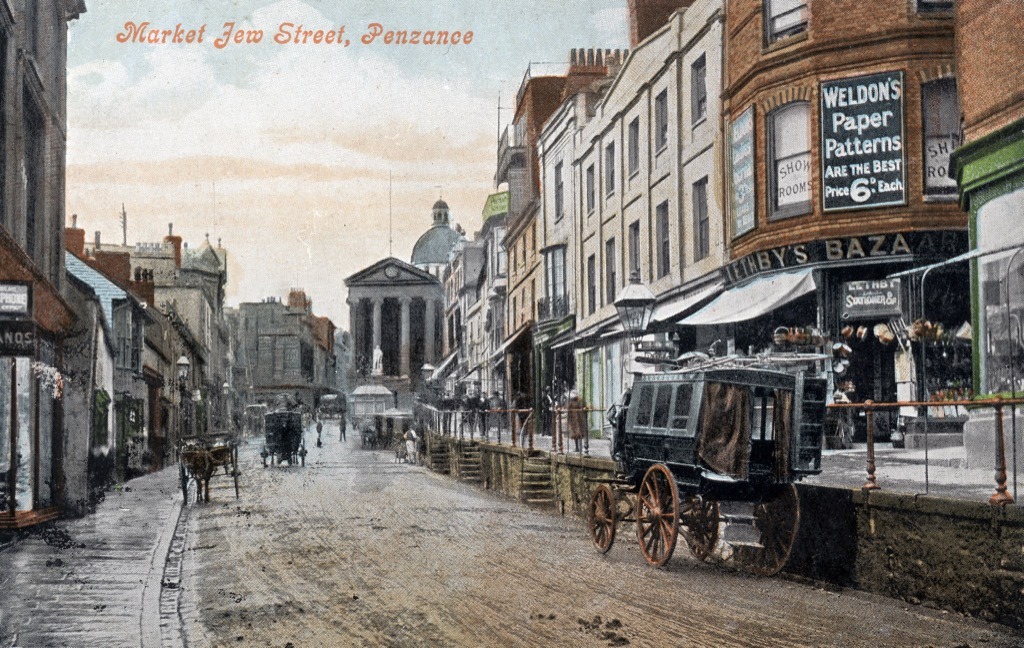
We have reached the final registration district (RD) in this tour of Cornwall’s nineteenth century districts and their migration patterns. Penzance was Cornwall’s most westerly RD but had a somewhat more diverse economic structure in the 1800s than its immediate neighbours. Although there were miners, particularly along the coast between St Just and St Ives, they did not dominate as in Redruth RD. Farmers and labourers were present, but not in the numbers found at Helston RD. Meanwhile, full-time fishermen were concentrated in this district with the presence of the sea creating additional maritime jobs. Moreover, Penzance was by Cornish standards one of its larger towns and offered employment opportunities for women, as well as for retailers, craftsmen and professionals.
Those born in the mid-nineteenth century in the RD of Penzance turn out to be quite similar to the rest of west Cornwall when it came to the choice of moving or staying. However, the number who were still living in their parish of birth in their 30s and 40s was higher than usual. Over a quarter of men and a third of women from the Penzance RD were still present in their birthplace.
As the proportion emigrating was close to the average, this meant that fewer people from Penzance than from other parts moved to settle in the rest of the British Isles. Perhaps it was the relatively high number of non-movers, especially in the fishing ports of Newlyn and St Ives and the remoter farming parishes that prompted later visitors after the 1880s to romanticise West Penwith and sometimes its inhabitants, as less contaminated by urban civilisation and consequently closer to nature. Not that the literati and artists who flocked to the district needed much encouragement in that direction
In recent times, Penwith has not seen the frenetic frenzy of housebuilding and demographic change that has torn through other parts of Cornwall. The growth of housing in Penzance in the 2010s proceeded at a far slower rate than at other Cornish towns. Nevertheless, plans for large-scale housing to the north of the town suggest that it’s unlikely to escape the suburbanisation being experienced elsewhere. But no doubt the romanticisation will continue, and maybe even deepen as it’s seized upon to sell all those new houses.



Love the Cornish history series. My ancestor was from the Dumnonia Clan. Any future research into that area of Cornwall? Dr. William Gueguen Gouveia
LikeLike